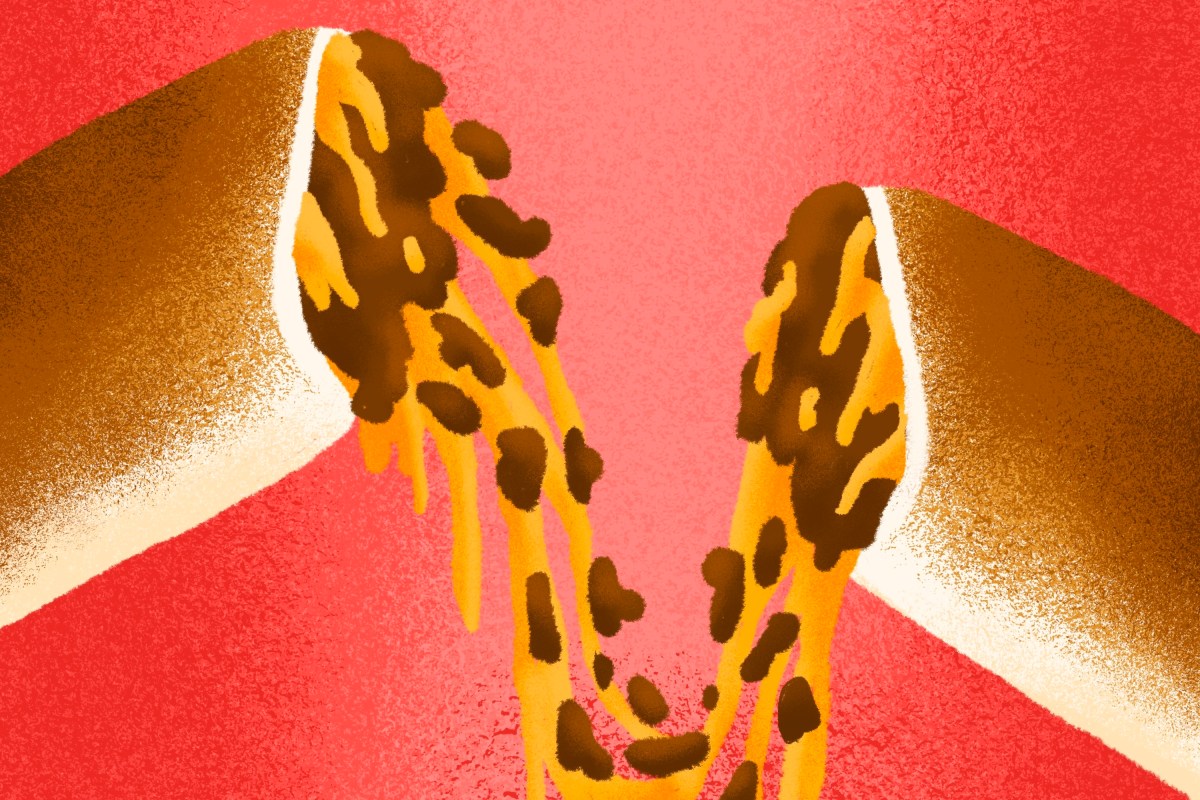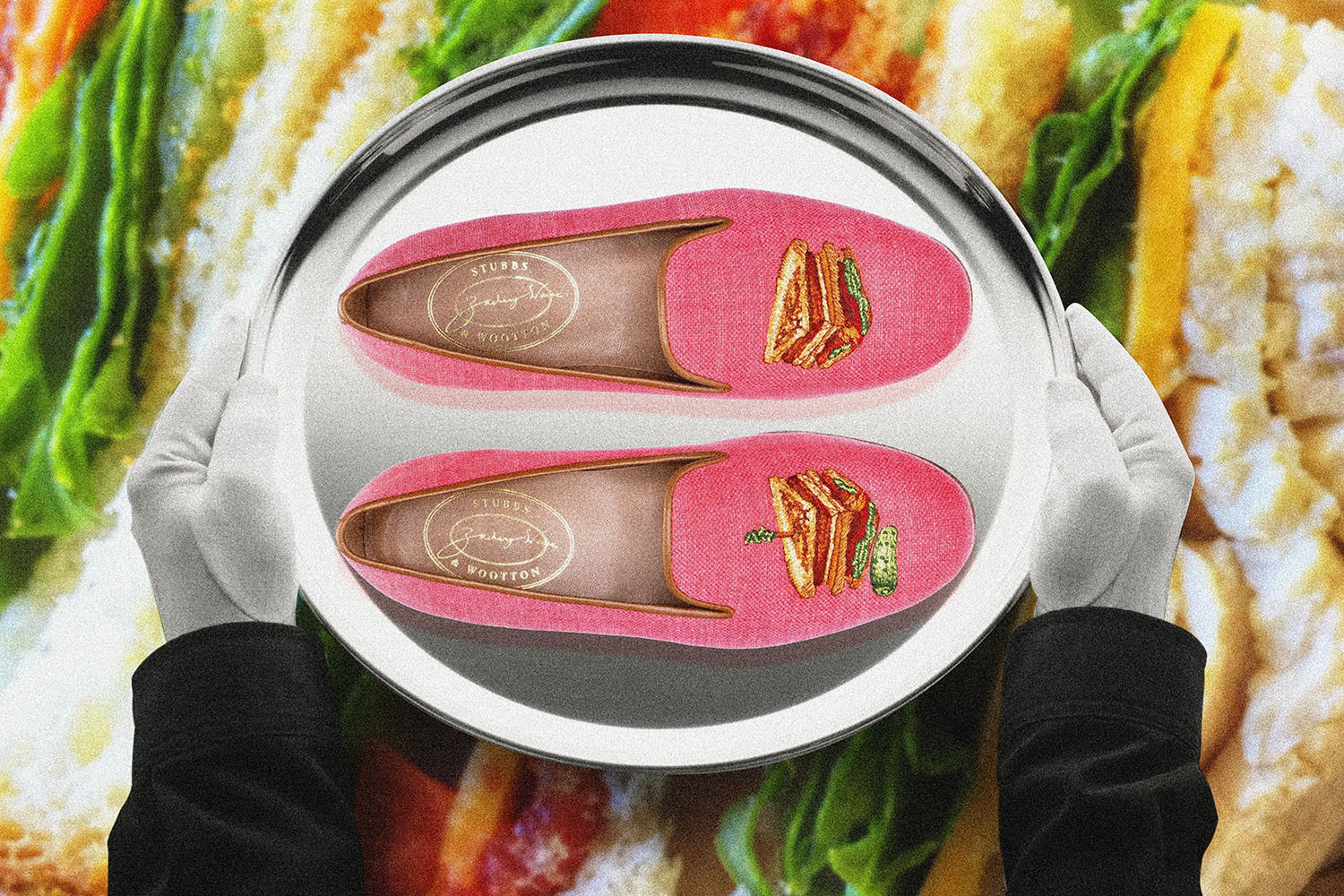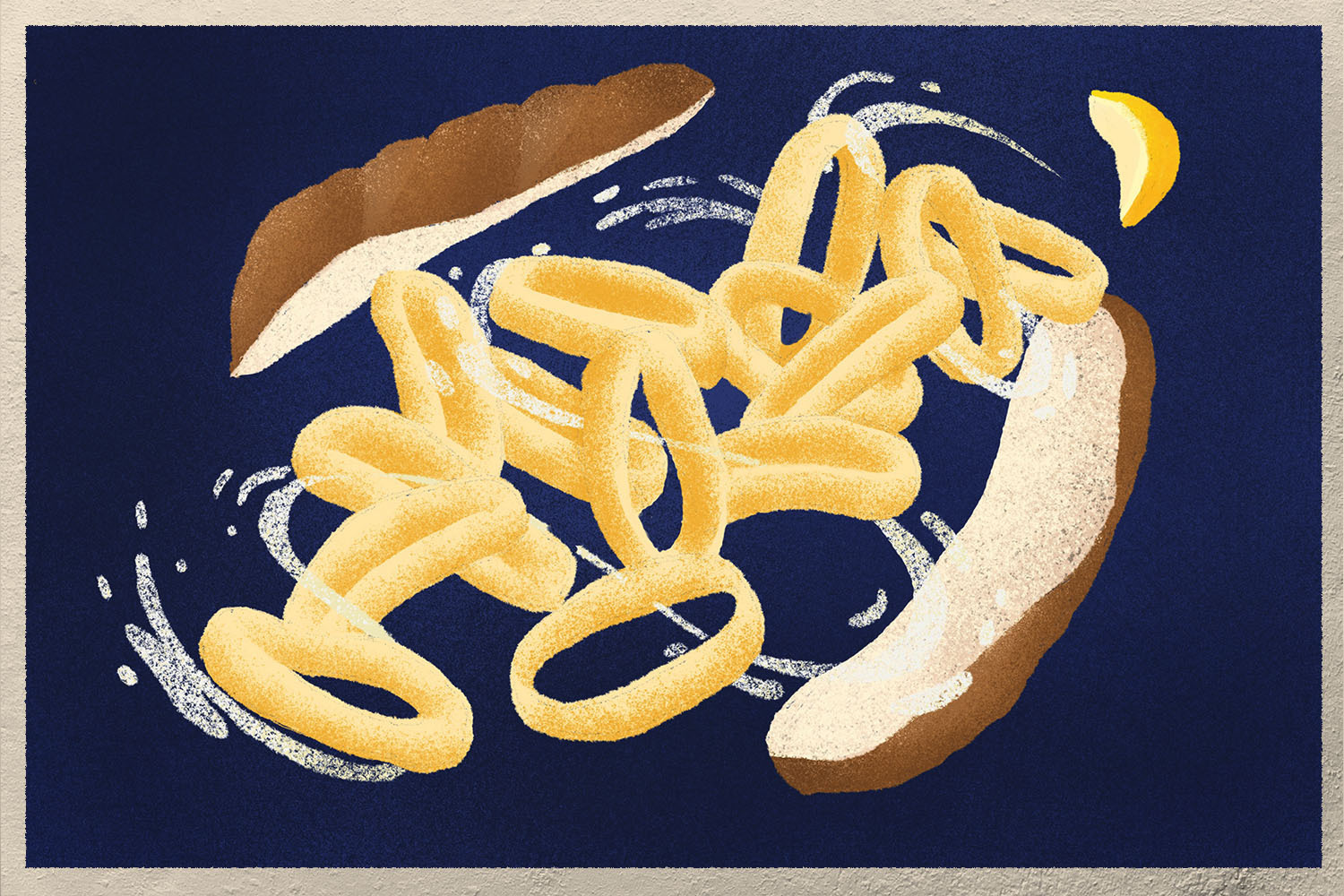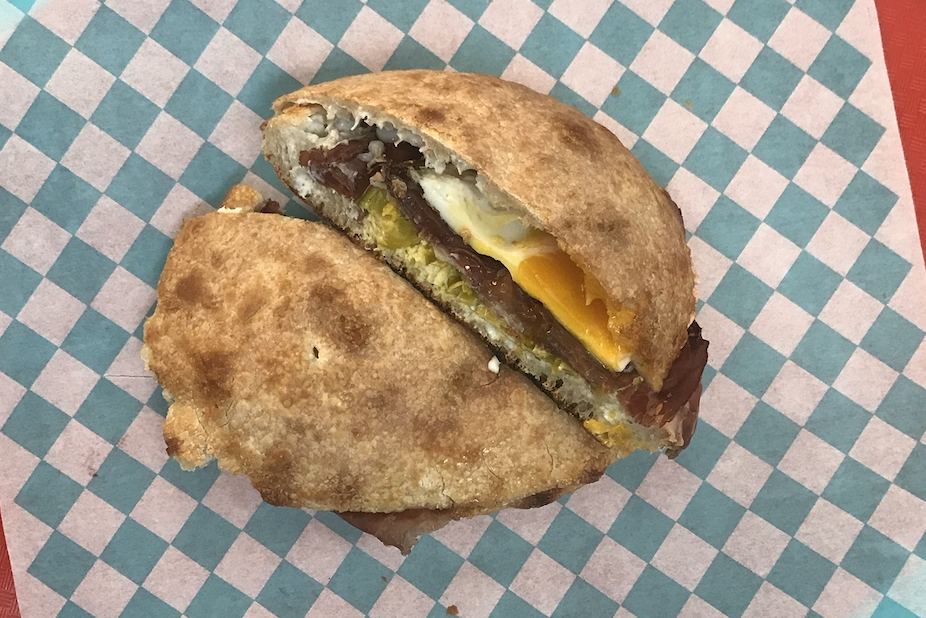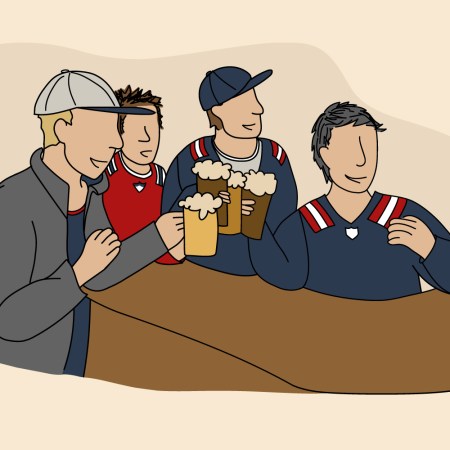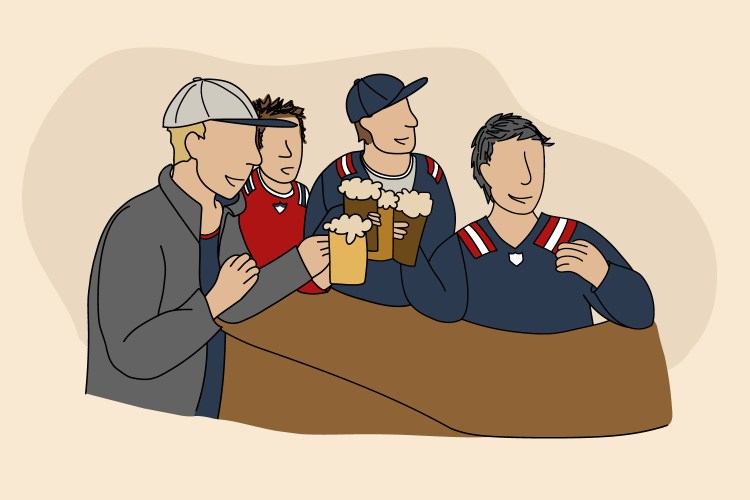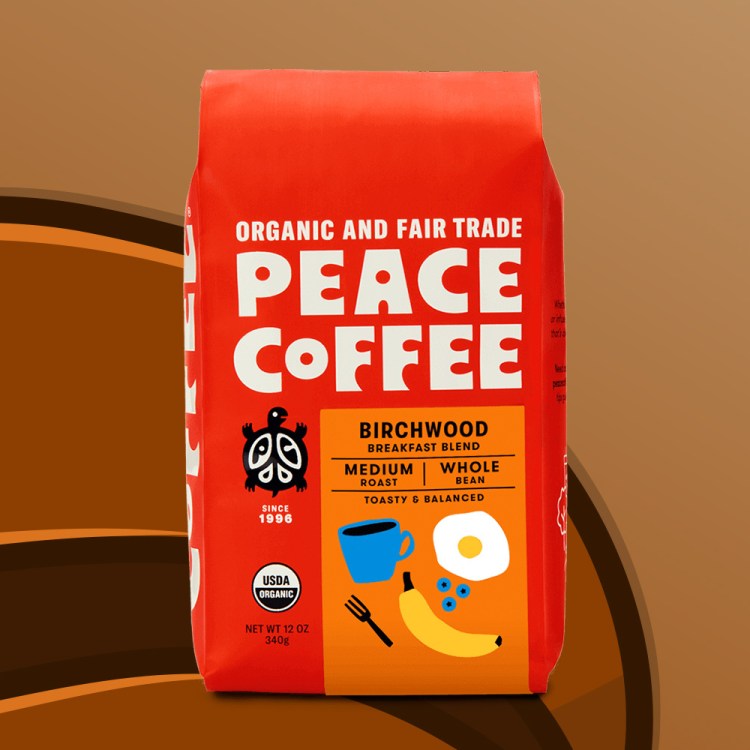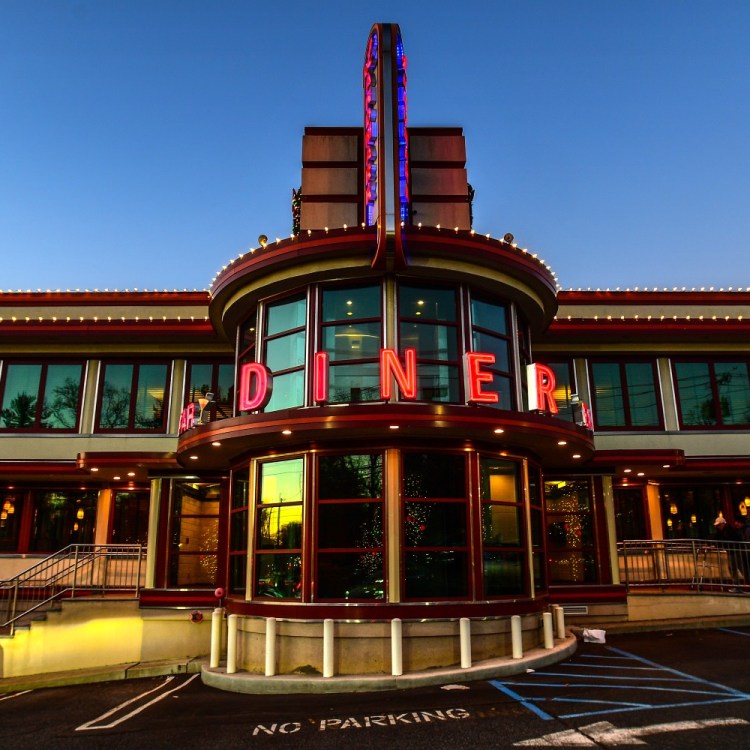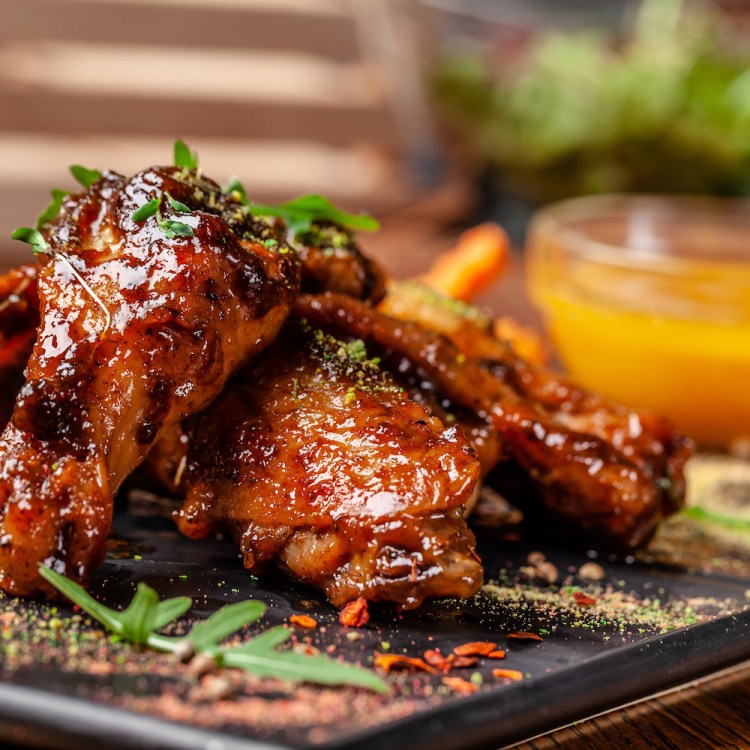Most people don’t know much about Nebraska. Those who do know something mention Omaha or college football or that they once drove through en route to some glossier destination. When people ask me about Nebraska, I tell them about runzas, a beloved Midwest food with Eastern European origins.
Runzas are adapted from pirozhki, a baked bun stuffed with various fillings — meat, mushroom, rice, onion — that was popular among Volga Germans who resettled in Russia at the behest of Catherine the Great. When relations soured between Russian nationals and ethnic Germans, many Volga Germans immigrated to the Great Plains of Nebraska, where the sprawling plains and brittle winters reminded them of home.
Among these immigrants was Sally Everett, who is credited with adapting the meat bun recipe into the runza we know and savor today. Everett also coined the term “runza,” which may have roots in the Low German “runsa,” meaning belly. I can personally attest to feeling like a doughy pouch after helping myself to a second runza.
In 1949, Everett founded the first Runza in Lincoln, Nebraska near Pioneers Park. In 1966, under the stewardship of Everett’s son, Donald, Runza began franchising and today boasts more than 80 restaurants across Nebraska, Colorado, Kansas and Iowa. When I go to Runza, I order the Swiss mushroom runza along with a side of Frings — a medley of fried onion rings and crinkle-cut French fries that was added to the menu in 2002 after the crispy idea was suggested on a comment card.
In New York, where I now live, I often feel the responsibility of acting as a cultural ambassador to Nebraska. And yet, explaining a runza to someone whose never had one is a difficult task. Though the Runza chain calls it a sandwich, it eludes easy categorization and, to my mind, exists somewhere on the spectrum between sandwich and meaty pastry, but where exactly I could not be sure.
To remedy this conundrum, I turned to a number of highly respected sandwich experts — food stylists, restaurant critics and a James Beard award-winning cafe owner in McCook, Nebraska — to definitively resolve the question of whether or not a runza is a sandwich.
“I’m very challenged by this whole topic,” says Holly Harrell, a former food stylist who has spent many long hours tinkering with the anatomy of sandwiches. Our conversation quickly turned existential. “Does a sandwich just mean bread with literally anything sandwiched in between?” she mused. But this, we agreed, was too loose a definition. To constitute a sandwich, “it has to be sandwiched between bread or some grain and uphold a certain aesthetic.” But what might this aesthetic be?
There are perhaps two schools of thought when it comes to sandwiches: the structuralists and the elementalists. The structuralists argue that the integrity of a sandwich hinges on sliced bread. What is wedged between those slices of bread is up to the eater’s discretion. The second school of thought is more concerned with elements than structure and presentation. All that matters for elementalists is if it includes meat, vegetables and bread with the option of cheese.
Jeff Korbelik, a food critic for the Lincoln Journal Star since 1998, falls in the elementalist camp. “When you think sandwich, you think meat and bread, and that’s what a runza is,” he explains. Korbelik described a runza as a “baked cabbage-and-beef roll” and considers it to be a “hybrid” sandwich.
A native of Lincoln, Korbelik grew up with runzas. “When I was in high school, we would go off campus for lunch and there was a Runza, it’s still there, on 33rd and Pioneers Blvd. It’s been a part of my history growing up.” He orders the original — no cheese, no Swiss mushroom — just beef and cabbage.
In McCook, Nebraska, runzas go by a different name — “bieroc” (pronounced “beer-rock”) — and are served by Sehnert’s Bakery and Bieroc Cafe. Founded in 1957, Sehnert’s Bakery began as a modest enterprise that was predominately wholesale. “In those days, we had a product showcase on the street, which was filled with pans of donuts, peanut butter rolls, cream horns and a dozen other staples,” wrote Walt Sehnert in the McCook Gazette, commemorating the 50 year anniversary of Sehnert’s Bakery.
Today, Sehnert’s Bakery and Bieroc Cafe is a James Beard award-winning restaurant run by Walt’s youngest son, Matt. When Matt Sehnert received the email from the James Beard award committee, he thought it was a “hoax” and didn’t bother calling until the next day. “A lot of people around McCook don’t pay much attention to James Beard things,” Sehnert tells me with a chuckle.
Since then, Sehnert’s Bakery has seen an uptick in outside visitors “intrigued by this sandwich they’ve never heard of,” says Sehnert. Many visitors pull off I-80 expressly to visit the homey cafe and try a bieroc. The demand has become so great that, though not yet fully operational, Sehnert says they are working on shipping out bierocs to curious eaters.
Sehnert also falls in the elementalist school of thinking, though he was less certain than Korbelik. “Boy, I’m feeling pressure,” says Sehnert when presented with the sandwich conundrum, “but I’d guess I’d say it’s a sandwich because it’s meat and vegetables wrapped in bread.”
As to how a bieroc might be distinguished from a runza, well, “it’s like comparing your mom’s sandwich and your wife’s mom’s sandwich,” says Sehnert. There are some minor differences, like how the dough is baked and spices used, but the main difference might be that bierocs at Sehnert’s Bakery can be served with cabbage, like a runza, or with sauerkraut. Both are equally popular.
“I’d guess I’d say it’s a sandwich because it’s meat and vegetables wrapped in bread.”
Sehnert and Korbelik, as it turns out, are renegade eaters. The majority of folks I polled told me runza was not, in fact, a sandwich. But when I pressed further — if not a sandwich, then what is it? — many were stumped.
Deeply troubled by these inconsistencies, I phoned Lincoln’s City Attorney, Jeff Kirkpatrick, in hopes that his acute mind and legal authority might reconcile these divergent accounts and shed light on what could be fraudulent advertising of runzas as sandwiches.
“Not a sandwich,” says Kirkpatrick, without hesitation. “It’s not real bread,” he argued, “you gotta have sliced bread” for a proper sandwich. But, I protested, the Runza chain lists its signature dish as a sandwich. “They gotta call it something,” he says, and “it is bread-like.” Kirkpatrick will not be pursuing legal action at this time.
After much sleuthing, I have to agree with structuralists that runzas are not sandwiches. While it is true runzas measure up to sandwiches in terms of ingredients (meat, vegetable, bread) and manner of consumption (handheld, convenient), they more closely resemble a meaty baked good, like a calzone.
Moreover, my favorite iteration of the runza is my grandmother’s adaption into a casserole. Sandwiched between two unfurled rolls of Pillsbury croissants, the spiced hamburger mixture is blended with cabbage and cream of mushroom, topped with a liberal sprinkling of mozzarella cheese, and tastes truly exquisite. It seems only natural that Runza, a beloved midwestern dish, would achieve its highest potential in peak midwestern form: the casserole.
Grandma Nelda’s Runza Casserole
Ingredients
- 2 tubes crescent rolls
- 1 onion, chopped
- 2-3 cans cream of mushroom soup
- 1 lb. of shredded mozzarella cheese
- 2 lbs. hamburger
- 4 C. finely chopped cabbage
- Salt and pepper to taste
Prep
Brown the hamburger and onions; drain hamburger mixture. Add chopped cabbage; steam until cooked down. Add soup to mixture; simmer. Open one tube crescent rolls; spread to cover bottom of 11”x13” pan. Add the hamburger mixture. Top with mozzarella cheese. Top with second tube of crescent rolls. Bake at 350 degrees for 35 to 40 minutes until crust is brown. Might need to cover with foil the last 15 minutes.
Join America's Fastest Growing Spirits Newsletter THE SPILL. Unlock all the reviews, recipes and revelry — and get 15% off award-winning La Tierra de Acre Mezcal.
